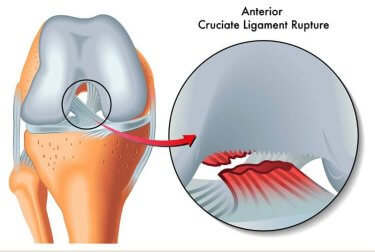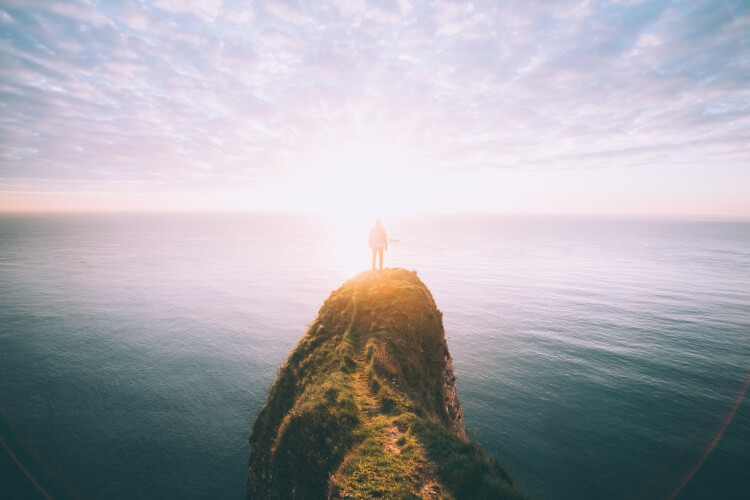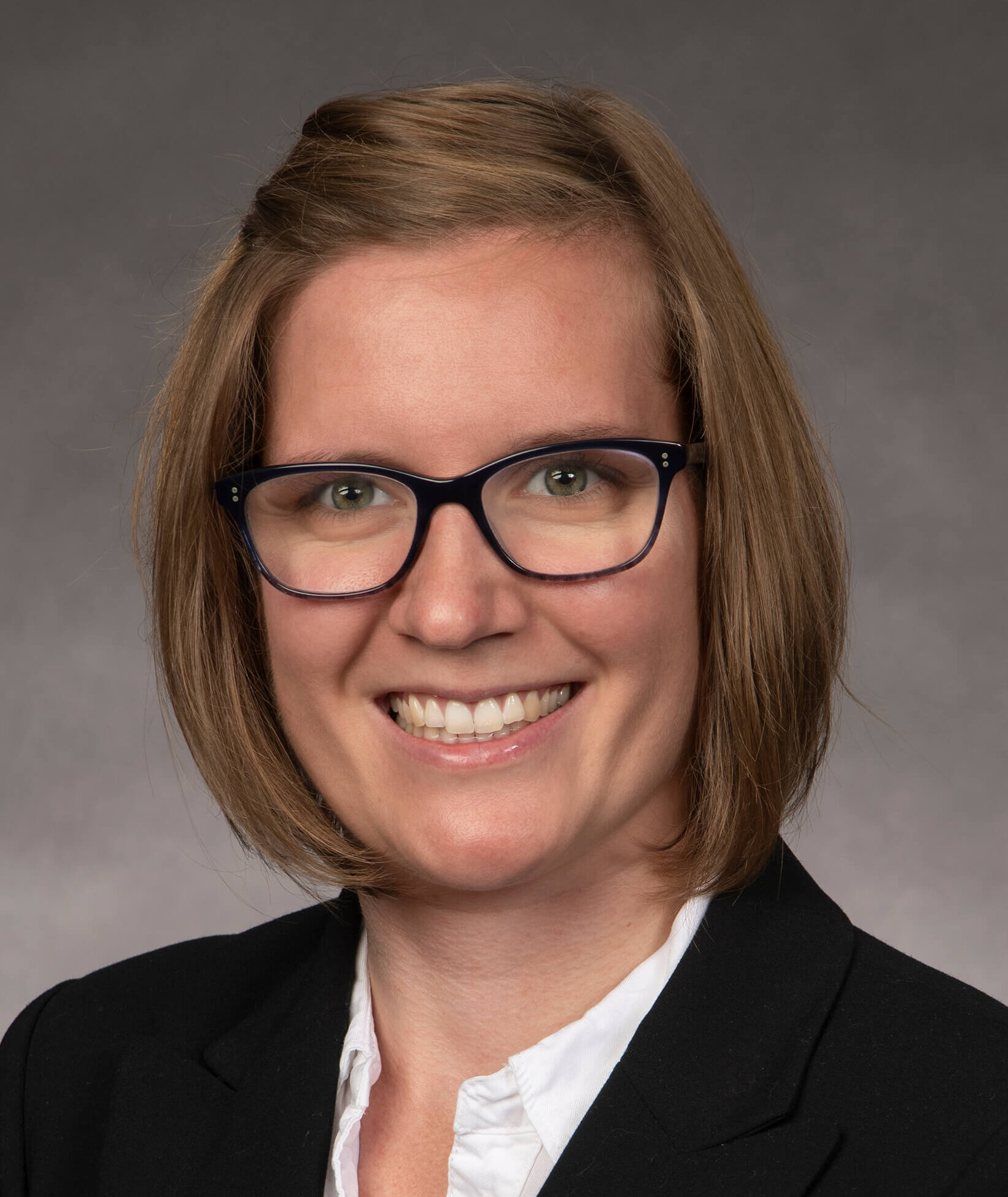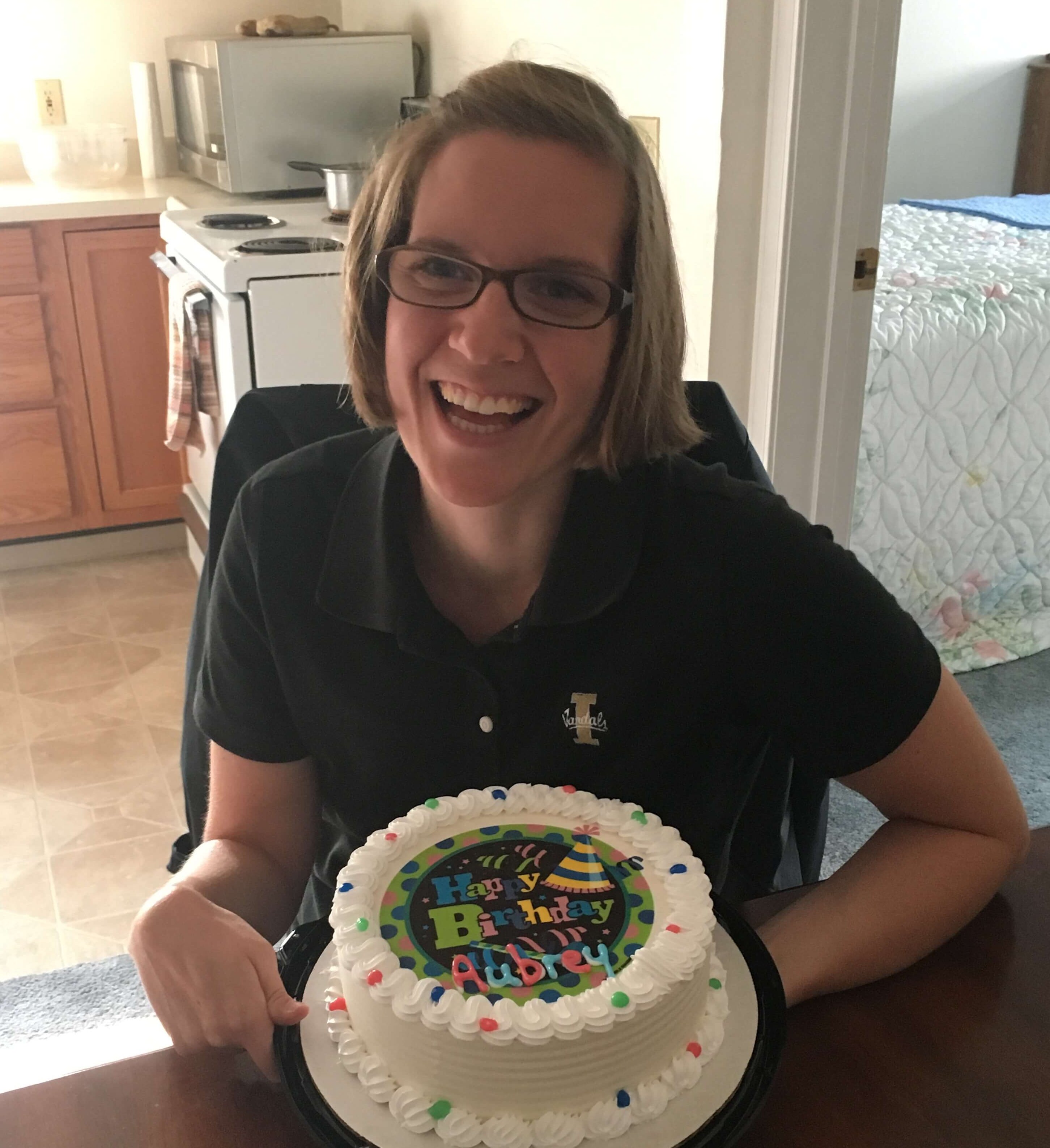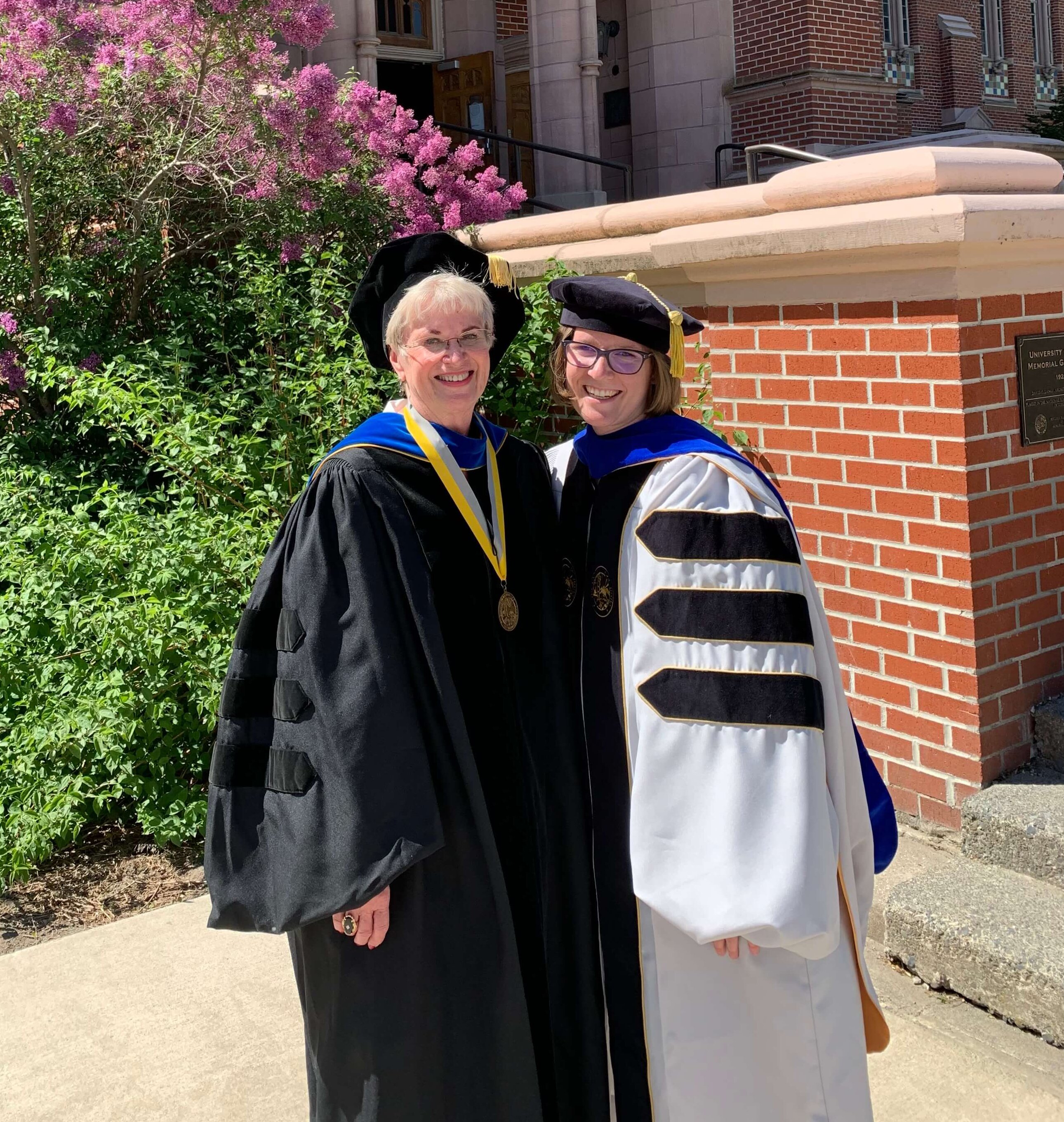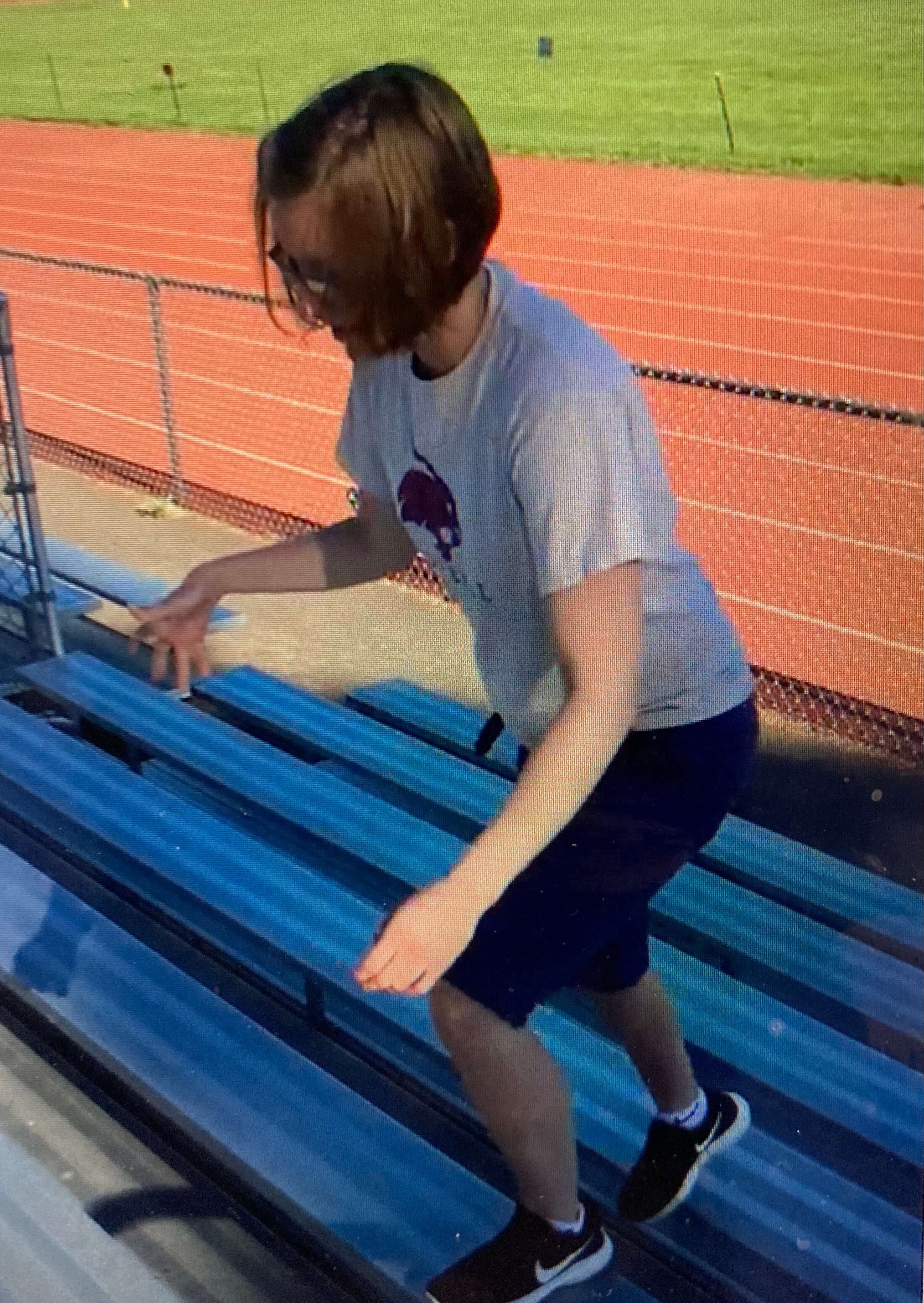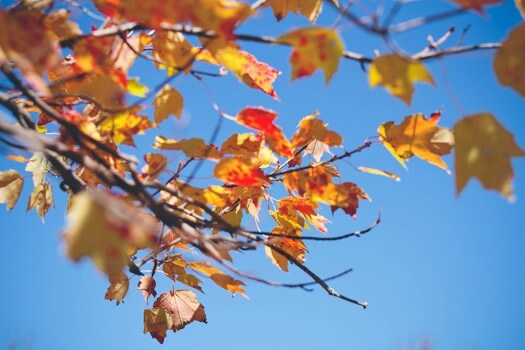
Depending on your geographical location, the fall season can be the prelude to the arrival of more harsh weather to come or just a cooler spell following a long hot summer. This month, we want to share with you some fall activity ideas regardless of the weather or temperatures you might be facing.
For many of us, the comfortable temperatures of fall provide some wonderful opportunities for expanding our physical education and extra-curricular programs. It’s a great time to encourage students and their families to be physically active and especially to get them outside and developing a love and appreciation of the outdoors.

